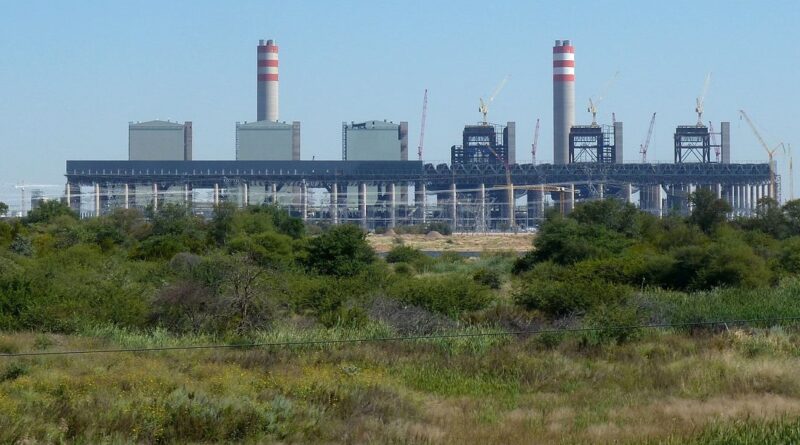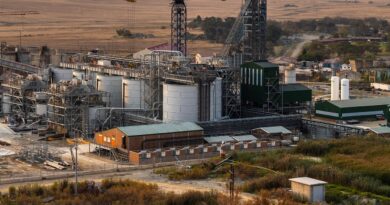Eskom slashes R81.9 billion from its debt, needs more to borrow
Eskom gross debt was cut by R81.9-billion, leaving an outstanding debt of R401.8-billion. And there is the outstanding municipal debt, thanks largely to incompetent ANC local goverments, which rose 26% to R35.3-billion in the period.
“The organisation’s debt remained unsustainable, attracting a net finance cost of R31.5 billion, turning an operating profit of R5.8-billion into a loss of R18.9-billion after tax,” Eskom wrote in a statement.
“To address this, among other challenges, Eskom is working closely with the Political Task Team led by the Deputy President,” Eskom said. That would be David Mabuza, who recently spent a lot of time in Russia.
Eskom is SA’s largest emitter of greenhouse gases linked to climate change. The company has ambitious plans to transition to green energy, but getting its fleet of coal-belching plants to reduce their carbon footprint seems like a cost it could do without.
In “Emissions Challenges” Eskom notes: “Cost of full compliance estimated at R300-billion, with significant implications for capacity, immediately and after 2025.” That hardly seems affordable or sustainable. The utility is forging ahead with its turnaround plan in the face of stiff union and political resistance.
“The turnaround plan, which is overseen by a diverse executive committee (Exco) comprising 56% Black female representation, focuses on operations recovery, improving the income statement, strengthening the balance sheet, driving business separation and bringing about a winning, can-do culture,” CEO André De Ruyter said.
This includes separation of its transmission, generation and distribution units, which, unsurprisingly, is experiencing problems.
“Eskom is working towards achieving legal separation of the transmission entity. A number of dependencies are lagging behind, putting the finalisation of separation of the transmission entity by 31 December 2021 at significant risk,” it said.
By simple words; that target may well get missed. “The legal separation of the Generation and Distribution entities will be finalised within the 2022/23 financial year,” Eskom said.
Eskom also said that it had a total of 47 days of load shedding, versus 46 days in the previous financial year. But in the year under review, the pandemic drastically reduced demand as the economy went into meltdown – by as much as 11,000MW. And yet, there was more load shedding.
Despite its unsustainable debt burden, Eskom still needs to borrow more money in order to finance distribution and transmission infrastructure. For this, it is looking to climate finance facilities, according to De Ruyter.




